One of the most famous and common plants that are grown on the windowsill is aloe. This is due to its unpretentiousness and healing properties of flower juice. Aloe is home to countries with a tropical as well as subtropical climate. Most often, a plant growing in natural conditions can be found in Africa, the western part of the Arabian Peninsula, as well as India.
Despite this, aloe is successfully cultivated in many parts of the world, only with that we distinguish that a domesticated plant blooms very rarely. In addition, not every species grows at home. There are at least 500 species of aloe, but as you can see from the photo, despite different names, they are all quite similar to each other.
Content
General characteristics of the type and characteristics of care
Succulent aloe plant, popularly known as agave, belongs to the Asphodelaceae family. It grows very slowly and rarely blooms in room conditions. Most plant species do not have a stem. Leaves are collected in a root outlet. This flower is quite resistant to sudden changes in climatic conditions. The pulp of the leaf contains a large amount of moisture. In adverse conditions, pores are closed on the surface of the leaf, this allows moisture to be retained, which makes the flower more stable.
The centenary needs good lighting, so it is better to grow it on the windows from the sunny side. In winter, it is not necessary to create a warmer temperature in the room, since the plant grows perfectly at this time of year at a temperature of 10 ℃.
Watering should be plentiful in the summer, and moderate (1 time per week) in the winter. Does not need spraying. The advantage is that the plant is practically not prone to disease and is rarely damaged by pests. Propagated by aloe seeds and processes.
The names of the decorative species of aloe and their names
Some aloe varieties are valued solely for their decorative qualities. Florists are attracted by species diversity, spectacular external data and ease of care.
Motley
The flower got its name due to the characteristic pattern on the leaves - light, often located spots that form stripes. The edge of the leaf is framed by a white border and has barely noticeable rounded spines. A flower grows on average up to 30 cm. Aloe motley is one of the few species that blooms indoors. Already by the 4th year of life of the plant, flowering can occur. The peduncle grows from a rosette up to 30 cm long. Flowers are orange or pink.
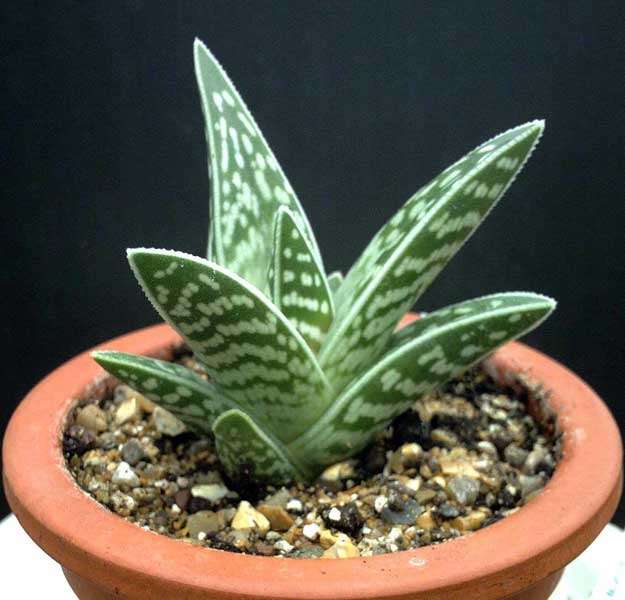
When choosing a pot, you should not forget that the root system grows well and has considerable weight. It is desirable that in summer the temperature does not exceed 22 ℃, and in winter - 14 ℃. Watering requires warm water. In the summer, watering is done as the soil dries, and in the winter, once every 2 weeks. Leaves can be wiped off from dust. In general, this species is unpretentious and quite easy to care for.
Folded
The leaves of this species are arranged in two rows, on top of each other, and resemble a fan. They have a dark green color, a long flat shape. The thorns on the leaves are barely noticeable.Aloe folded reaches 3 to 5 m in height. It blooms with bright orange large flowers in spring - early summer.
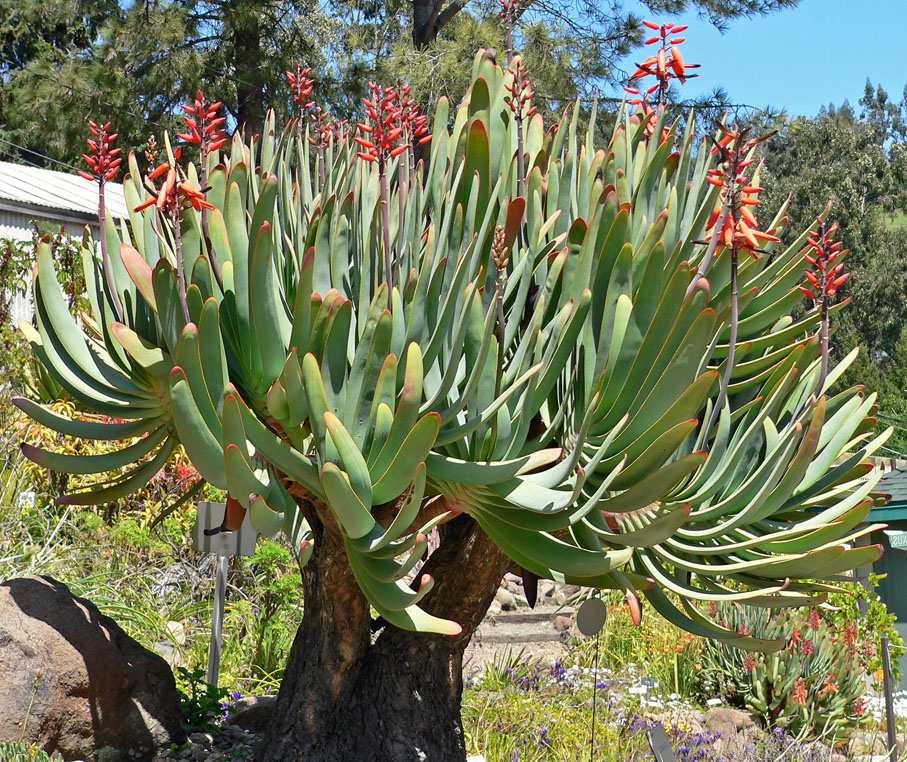
Indoor blooms very rarely. This species is usually used for landscape design or in greenhouses. For the winter, it is recommended to bring the flower into the house. Watering is moderate, especially in winter.
Squat
The rosette of the Squat Aloe forms many thin and oblong leaves, pointed at the ends. This is a herbaceous plant. The leaves have a gray-green color, densely covered with many small bright convex formations.
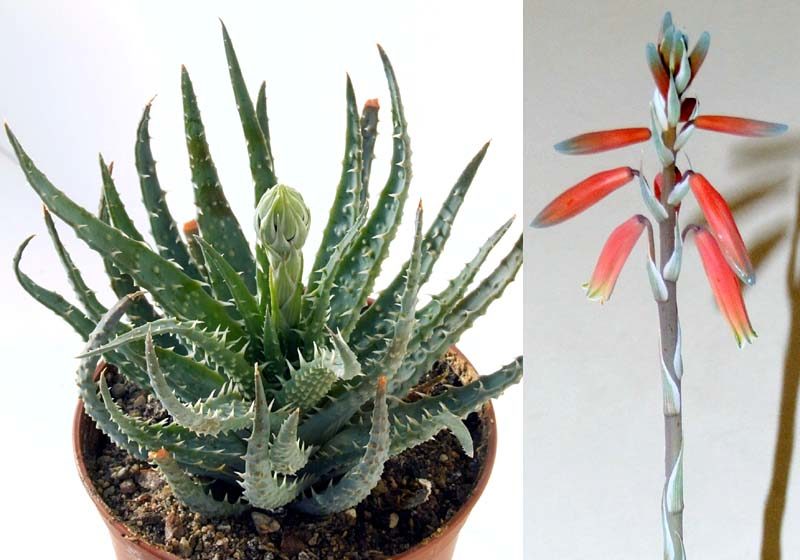
The edges of the leaves are also framed by white spikes. Their length is about 10 cm. This species has a peduncle about 30 cm, and the inflorescence itself consists of orange or red flowers. Flowering is very rare.
Dichotomous
Also known as the Quiver tree. This species reaches a huge size, up to 9 m. In diameter, the trunk can be 1 m. The branches of the dichotomous agave are oblong and have a light gray color. Linear-lanceolate leaves 35 cm long, bluish-green, massive and sharp at the end.
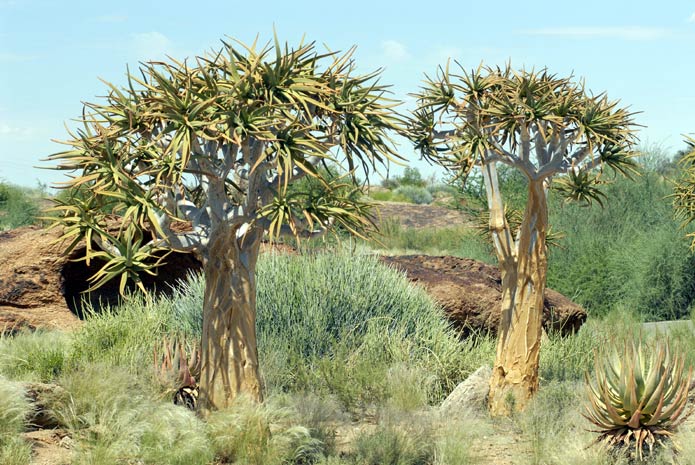
The thorns are small, slightly pronounced. It tolerates high temperatures and a limited amount of moisture with ease. Propagated by seed.
Strongly branched
This perennial reaches 2 m. A feature is its frost resistance. Many shoots with long massive leaves grow from the base of the flower.
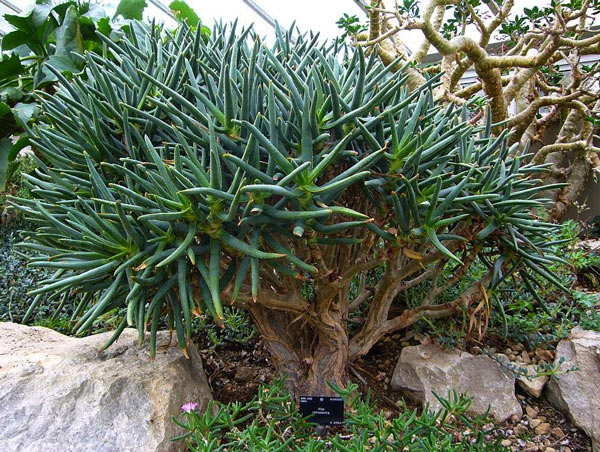
Until late autumn, it can grow in open ground. For the winter, it should still be transplanted into a pot. The plant must be placed so that it does not get much sun. Abundant watering is not required.
Cap-shaped
This species is well suited for growing on the windowsill. Cap aloe is a photophilous plant that is not afraid of direct sunlight. For full development, it is necessary to ensure the supply of fresh air. Loves plentiful watering. In the period October-February, watering is reduced, since the plant is at rest.

The stalk is short, with densely arranged dark green leaves. There are small light spines on the sheet at the edges. Propagation of the plant is carried out by the method of cuttings in the spring.
Pretty
This perennial does not have a stem. The leaves are dark green in color, long, curved, narrowed at the end, reaching 15 centimeters in length. The edges are framed by small spikes and have a pattern of bright convex spots.
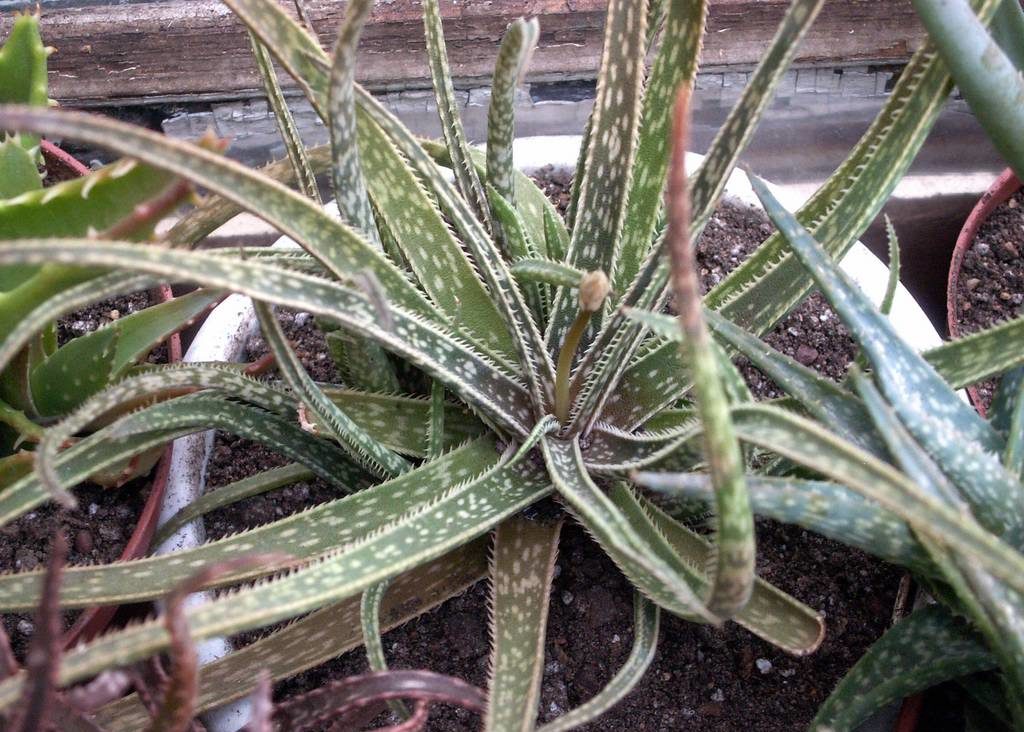
The flower stalk reaches an impressive size, almost 50 cm. The flowers resemble bells of bright orange color. This species does not like being in the open sun and does not require abundant watering. The leaves are not so fleshy and contain less moisture than other types of plants.
Spinous
The leaves of the spinous succulent are wide enough, but narrowed at the ends to sharp curved setae (awn). The entire surface is covered with small convex spots of white color. The plant reaches 25 cm in length, forming a characteristic rosette. The leaves are fleshy, juicy.
If there is not enough light, the succulent changes color (the leaves acquire a more saturated green hue) and does not bloom. On the peduncle in the spring, orange oblong flowers bloom. Reproduction occurs by seeds, children or cuttings.
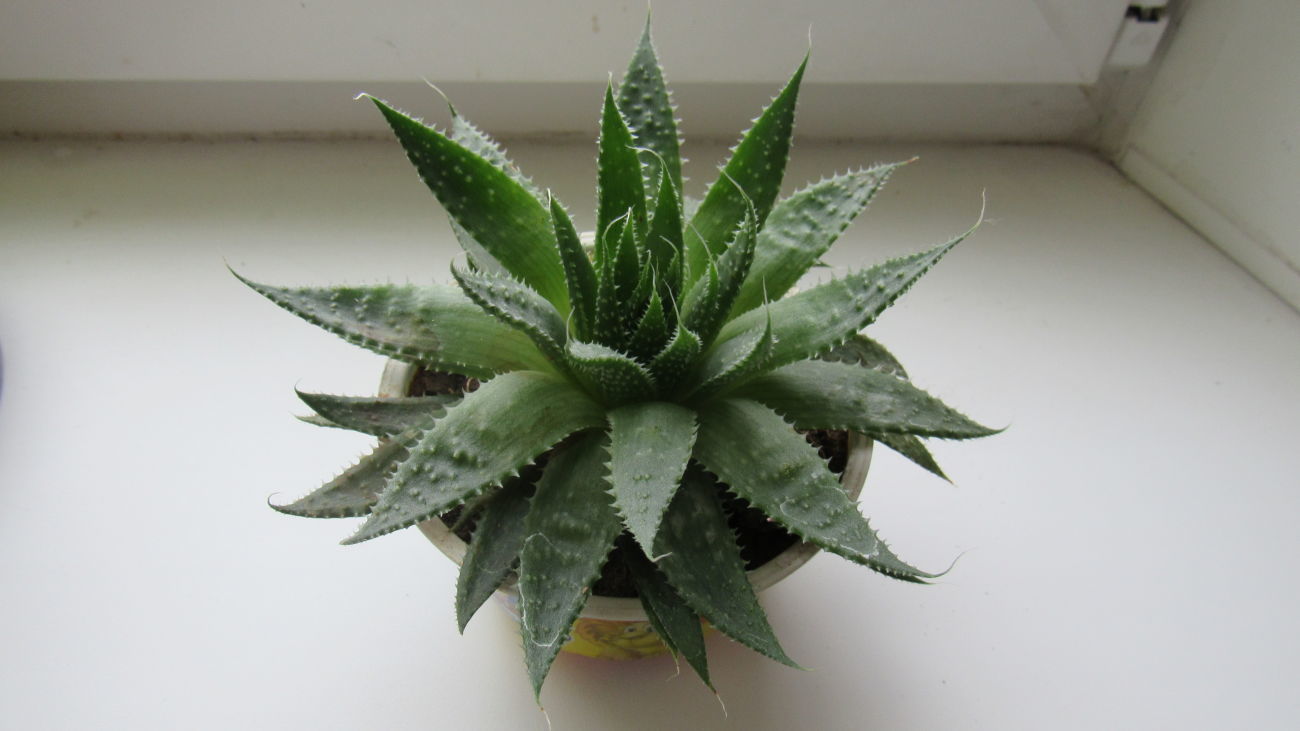
An adverse factor for this species is the abundance of water, which can lead to the death of a flower. The plant must be fed with fertilizers and transplanted at least once every 2 years.
White-flowered
The succulent rosette is formed from narrow leaves about 15 cm long. The color is pale green. The teeth are small and white, but the sheet is not smooth to the touch. A pattern of white spots covers the entire area of the leaf.
A characteristic difference of this species is the flowering of white flowers that resemble lilies. If the perennial blooms, then this continues for a long period. The stem is absent. As for other species, abundant watering for white-flowered aloe is destructive. Good lighting and a well-ventilated area are required.
Jackson's
The leaves of this variety are glossy, light green, pointed at the end with one spike. The surface of the sheet is covered with white spots of uneven color. Jackson perennial has a small stem.
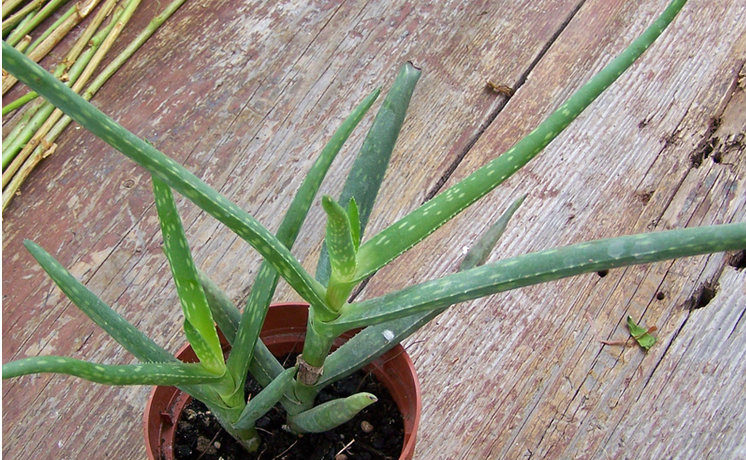
The plant reaches 30 cm in height. Watering is not frequent. Light flower like diffused and needs good oxygen supply, so the room should be ventilated. At home, it blooms very rarely.
Disconigs
Aloe Disconigs is the smallest species. The grassy, shortened stalk is framed by leaves forming a rosette shaped like a star.
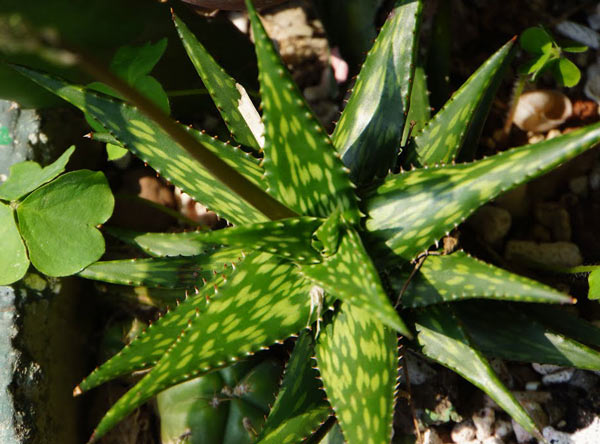
The color of the leaves is dark green with white spots and tubercles. Blossoms in orange tubular flowers.
Placed
Also known as “perennial distant.” A long trunk, about 3 m, is characteristic of flowers growing under natural conditions. At home, it reaches significantly smaller sizes.
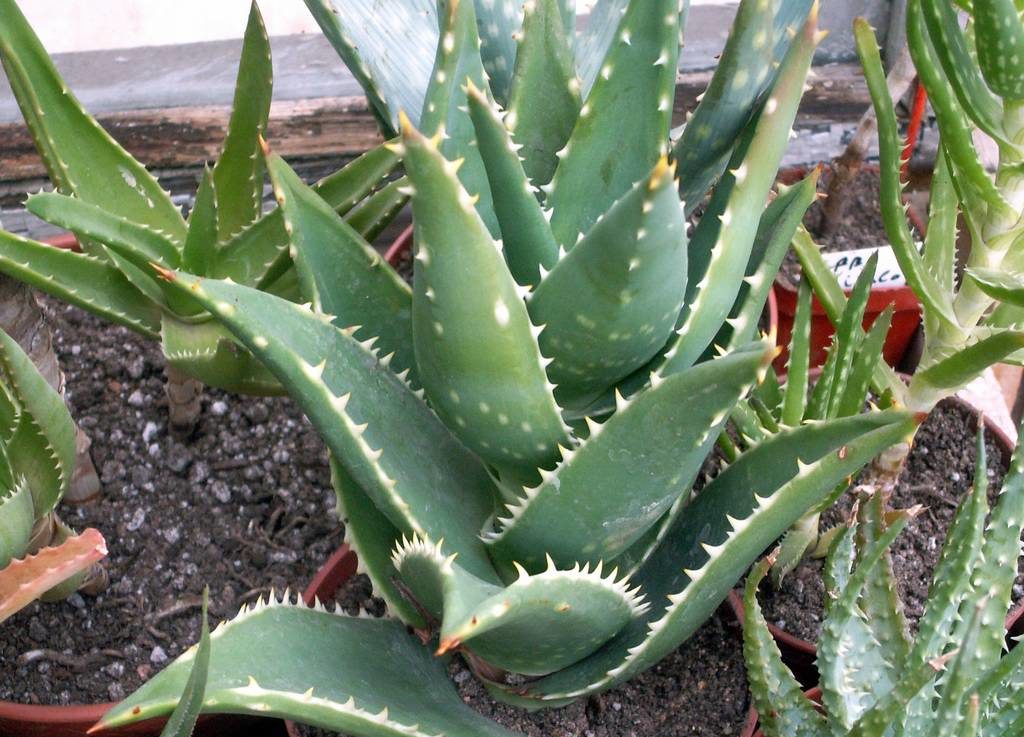
The leaves are rounded in shape and pointed upward, resembling the shape of an egg. Green colour. The perennial blooms in the summer with yellow flowers blooms. Watering is required plentiful, as the soil dries up. Lighting needed is good.
Black-thorned
The name speaks for itself. This species is characterized by black spines, which are lighter at the base. A herbaceous plant that does not have a stem. Lanceolate leaves, reaching 20 cm, dark green.

On the peduncle, which grows to 1 m, small red flowers bloom. The plant is unpretentious in care. For the winter period, watering is reduced by 2-3 times, since it is at rest and practically does not grow
Haworthian
This perennial has characteristic features that make it very attractive for growing for decorative purposes. Succulents are distinguished by leaves, often covered with long white bristles. Long leaves narrowed to the top form a rather large outlet.
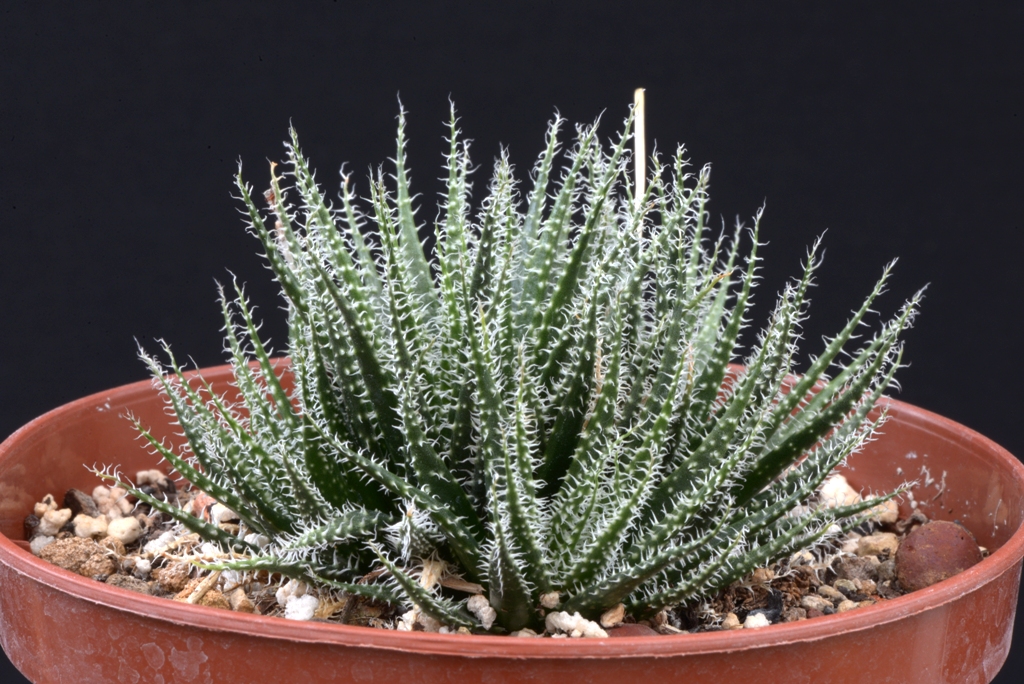
For growing, you need a light and loose substrate, which gives access to air. Growing it is easy. Watering is moderate. In winter, the plant does not stop growing.
Medicinal species
The value of medicinal species lies in the healing properties known to mankind for more than a thousand years. Not all species possess them.
Soapy
Healing succulents - a frequent guest on the windowsill. The stem is practically absent. Dark green leaves form a rosette, with brown spines at the tips. Also for this variety is a pattern of white small spots.
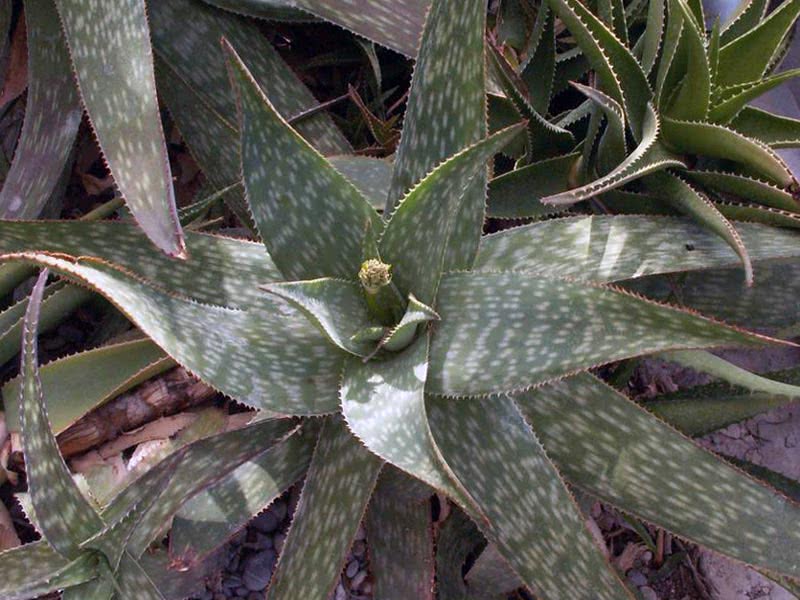
The edges of the leaf are framed by small often spines. During flowering, yellow-red flowers appear on the arrow. In leaving unpretentious. Watering required moderate.
Barbados
Also known as "aloe barbadensis", has a small stem. Rigid dark leaves can reach 50 cm, resemble a sword in shape, grow almost vertically in a rosette. On the edges are sharp spikes of small size.
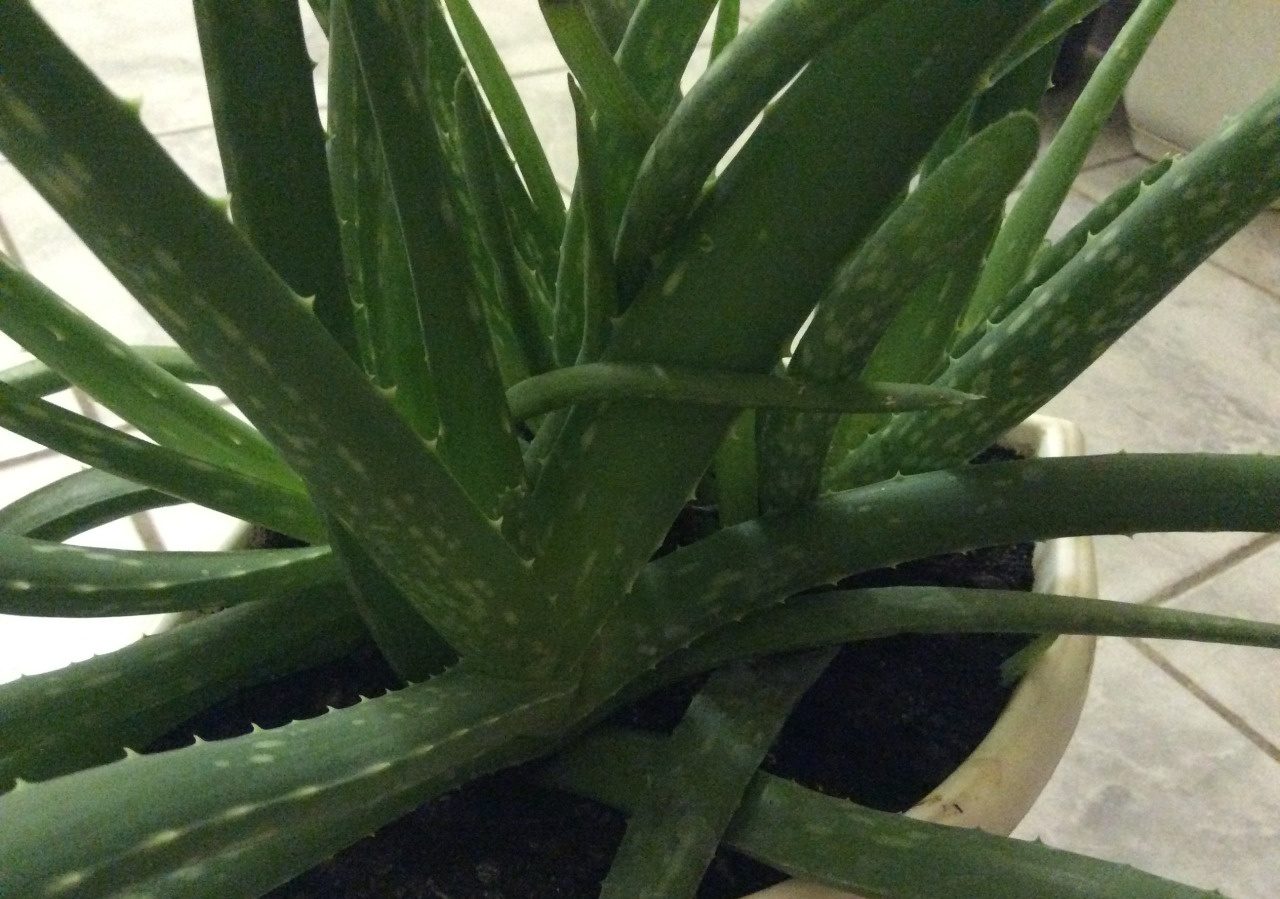
The flower stalk reaches a huge size (up to 90 cm) and has red or orange flowers. Watering can be carried out 1-2 times a week in the summer and 1 time per week - in the winter. The plant is tolerant to direct sunlight, although this is undesirable.
Tree
One of the most commonly grown at home species is aloe tree. Under natural conditions reaches 3 m in height. Outwardly resembles a small tree.The leaves are elongated, with curved and sharp edges, often have small spines.
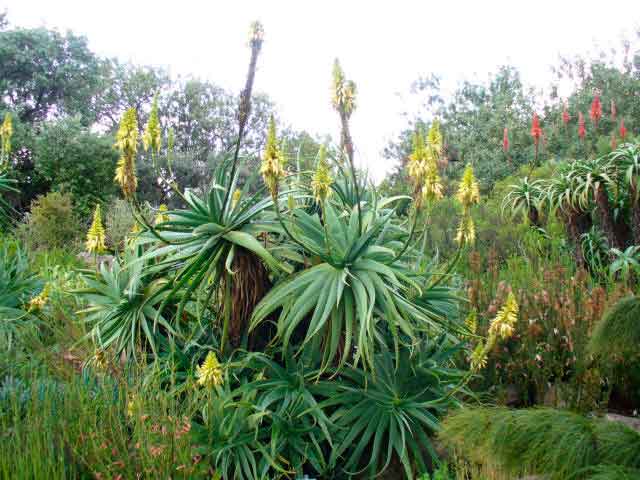
The trunk of the succulent is strong. A small inflorescence may form at the top. In care, you must adhere to the general rules. To improve the healing properties, it is important to ensure that the plant receives a sufficient amount of moisture.
Awesome
Despite the unusual appearance and name, the flower has healing properties. The rosette consists of strong, rather fleshy and long leaves. The surface of the pale green leaf is covered with convex outgrowths of a lighter shade.
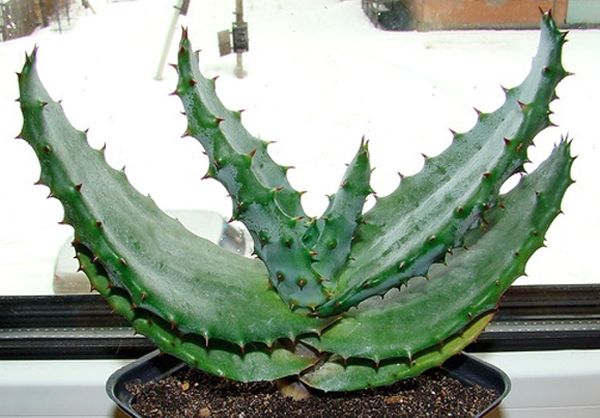
In height, it can reach 80 cm. Succulent blooms in white flowers. A flower can easily tolerate high temperature and lack of moisture, but nevertheless, care for it should not be neglected if you want to use the healing properties of bitter juice.
Faith or present
It has a unique chemical composition and healing properties. Aloe vera is a bushy plant with a mild stem and many shoots. Numerous rosettes consist of long leaves with sharp spikes along the edges.
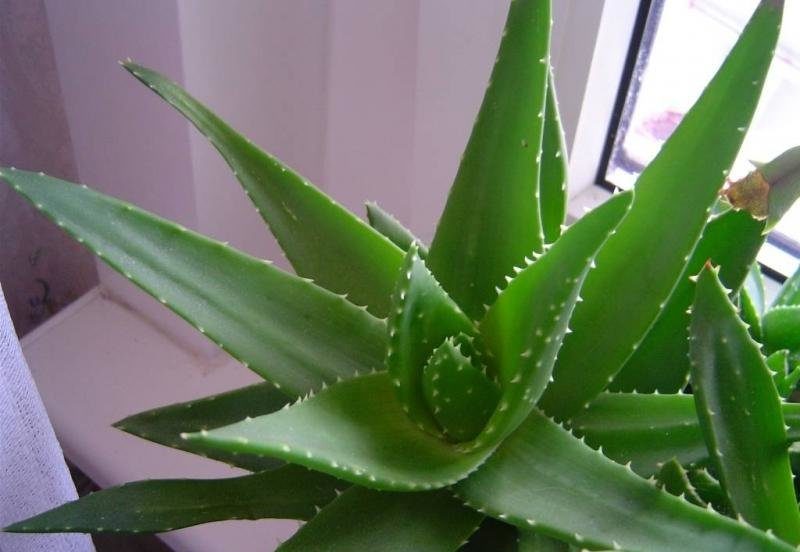
A feature of this species is that not only leaves, but also the stem are used for medicinal purposes. In addition, flowers are able to saturate the air with volatile products as they grow. It is widely used by cosmetologists, perfumers, as well as in cooking.
Common questions
Aloe, with its unique properties, has been used by man for millennia. The composition of the juice of this plant includes vitamins, various useful trace elements. Even if you do not use the flower for medical or cosmetic purposes, it will become a worthy representative in the collection of lovers of home plants.


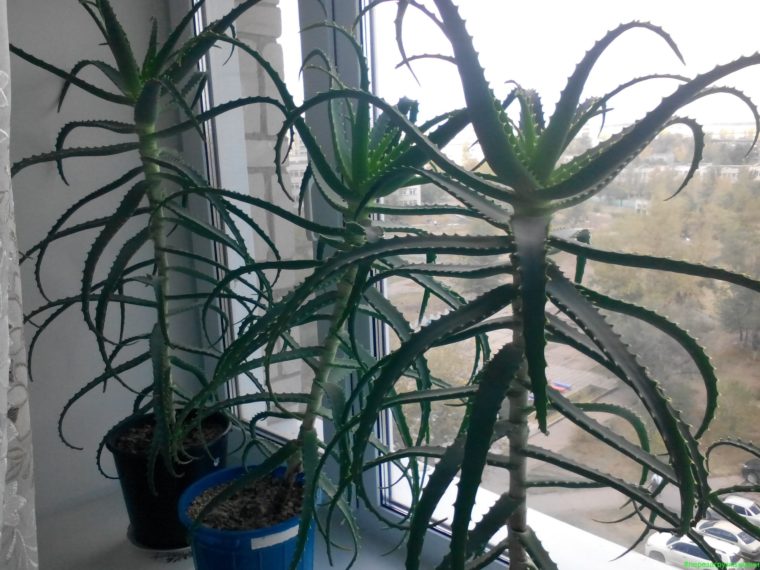
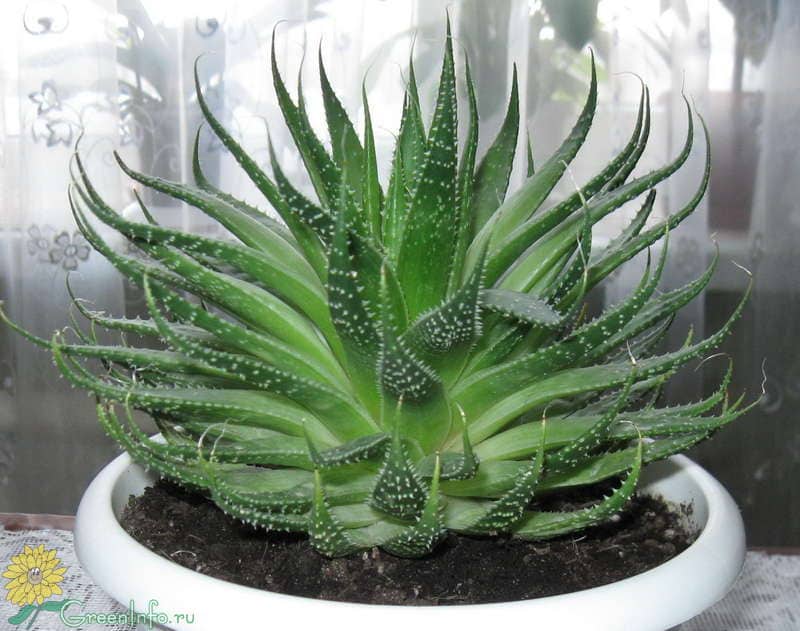
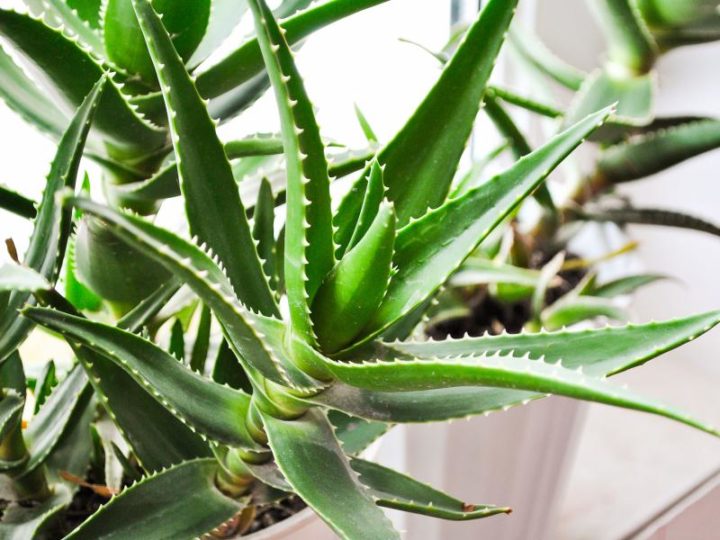



 Sow in the ground, without seedlings: 10 beautiful and unpretentious flowers
Sow in the ground, without seedlings: 10 beautiful and unpretentious flowers Platicodon planting and outdoor care
Platicodon planting and outdoor care Hosta - planting and care in the open ground in the Urals
Hosta - planting and care in the open ground in the Urals Oleander - care and growing at home
Oleander - care and growing at home